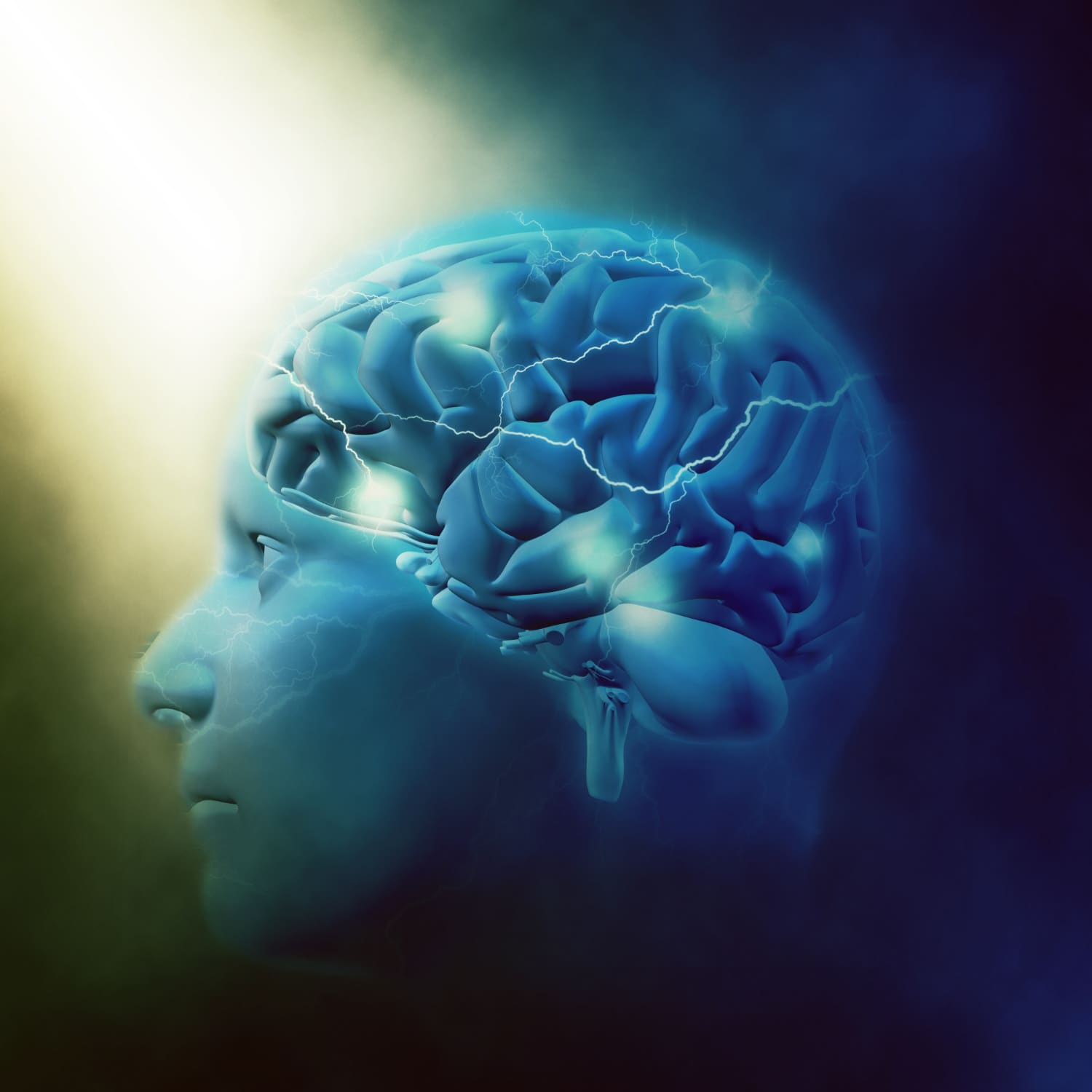 |
| Human Brain |
Alexandra Morton-Hayward, a former mortician turned academic, has found an unexpected fascination in human brains, specifically how they stand the test of time and are preserved over millennia.
Her previous experience with the dead led her down this unusual path of research, and now, as a forensic anthropologist pursuing a Ph.D. at the University of Oxford, she is unraveling the secrets behind these vital organs that have survived through the ages. Morton-Hayward has compiled an unprecedented archive documenting 4,405 brains unearthed by archaeologists in diverse locations around the world, from peat bogs in northern Europe to Andean mountain peaks. These brains, some as old as 12,000 years, offer a unique window into the past, revealing how they have been preserved over time. Their research, recently published in the journal Proceedings of the Royal Society B Biological Sciences, has identified four main preservation mechanisms, ranging from dehydration in hot climates to freezing in cold environments. Most intriguing, however, is the discovery of a fifth unknown mechanism, which Morton-Hayward speculates could be related to the presence of metals such as iron, which facilitate the molecular preservation of brain tissue. Also Read: Pros and Cons of Intermittent Fasting That You Should Not IgnoreBut beyond mere physical preservation, these ancient brains could hold even deeper secrets. Morton-Hayward suggests that it is possible to extract ancient DNA and proteins from these brains, revealing information about the people to whom they belonged. Health and illness in the pastThis material could provide a more complete understanding of health and disease in past civilizations, even allowing the identification of brain diseases that persist to the present day. The collection of ancient brains at the Morton-Hayward laboratory in Oxford houses an astonishing variety of specimens, from a brain from the 8,000-year-old Stone Age of Sweden to more recent specimens from documented historical eras. Each of these brains has a unique story, from Polish saints to Inca sacrifice victims, constantly reminding us of the humanity behind each specimen. The value of this research goes beyond mere scientific curiosity. Martin Wirenfeldt Nielsen, physician, and senior pathologist at the University Hospital of Southern Denmark, highlights that this database offers the opportunity to study brain diseases in diverse historical and cultural contexts, which could shed light on the evolution of such diseases and their relationship with the environment and lifestyle. Morton-Hayward emphasizes the importance of remembering the humanity behind each sample. For her, these ancient brains are more than just objects of study; They are testimonies of past lives, each with its own story and meaning. As someone who has worked closely with death, Morton-Hayward understands the importance of honoring the individuals who once were, even as their bodies become objects of scientific research. As research continues and more secrets of these ancient brains are revealed, a fascinating window into the human past is opening. Each unearthed brain is one more piece of the puzzle that helps us understand who we were, who we are, and where we are headed as a species. At the heart of this research is a simple truth: behind every sample, there is a human story that deserves to be told and remembered. |

Comments
Post a Comment